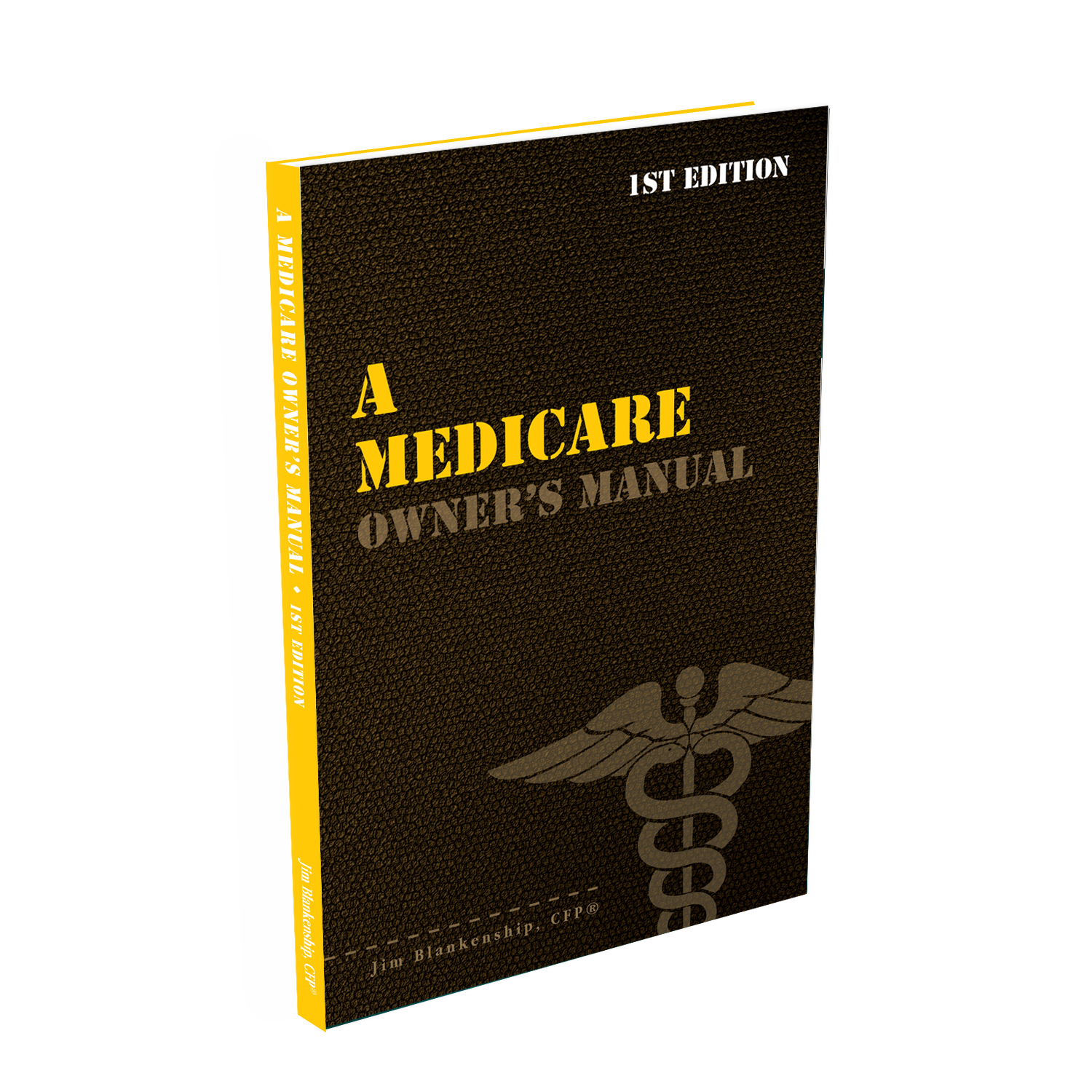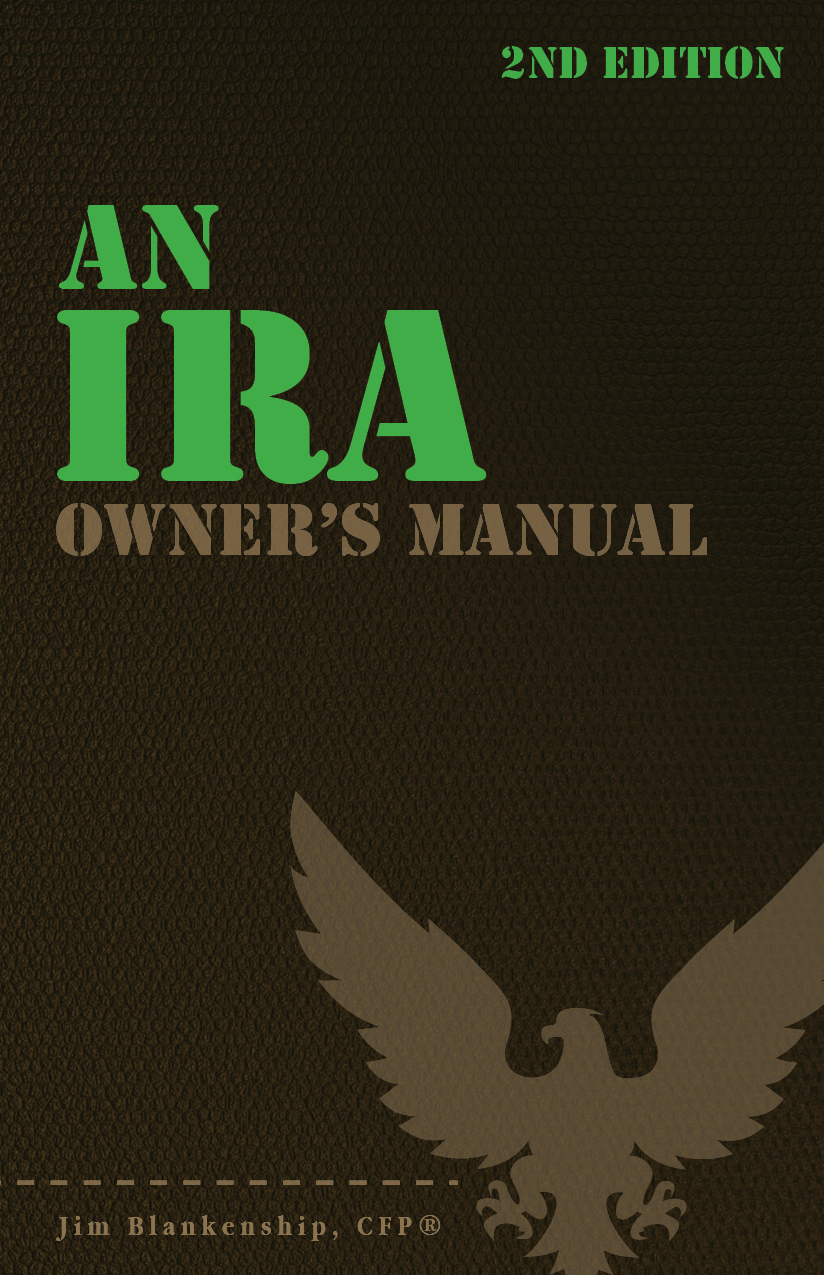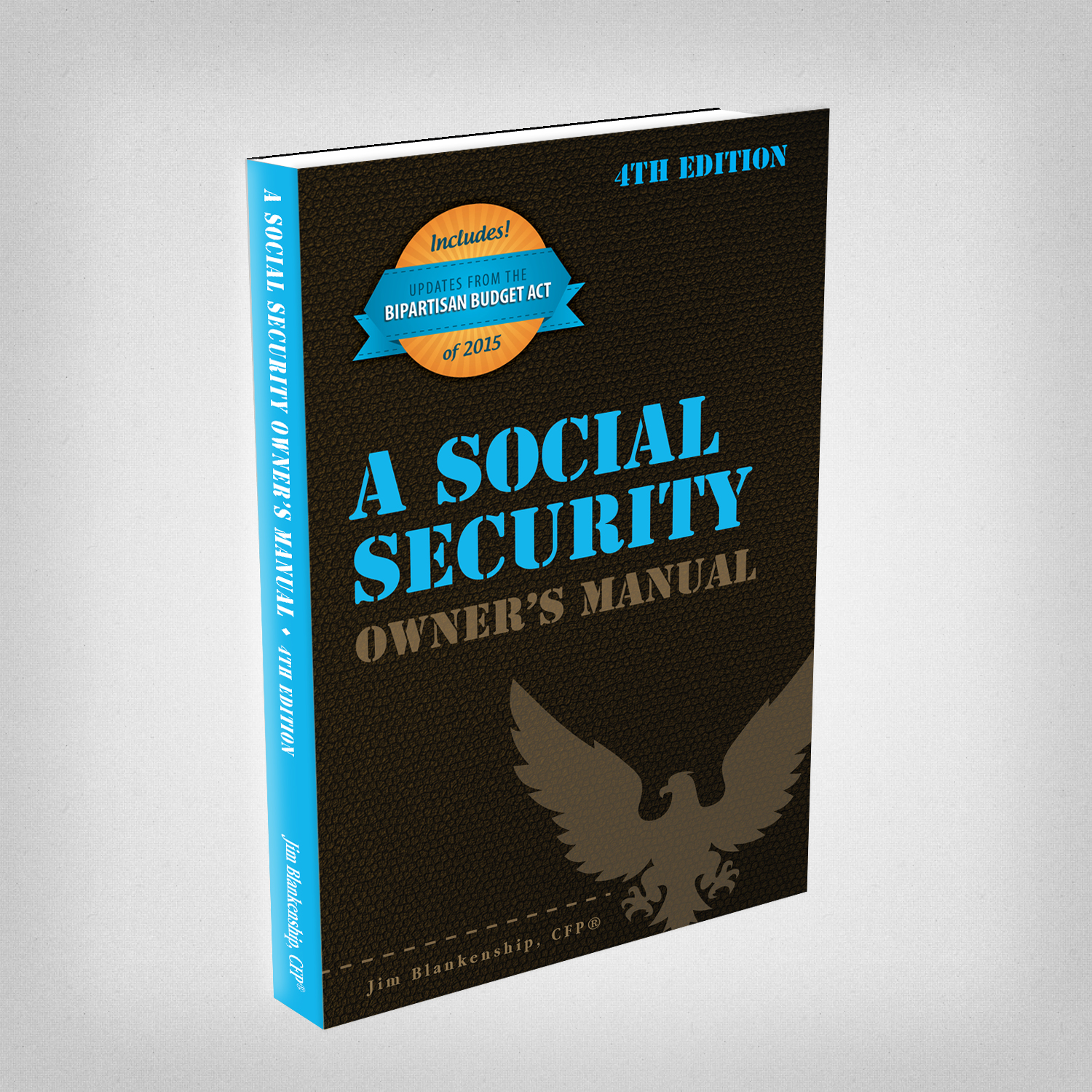 Many individuals hear the mantra to start saving money early, put something aside for retirement, or start accumulating a nest egg. However, as much as those mantras are good advice, sometimes an individual needs a specific direction on how to get started. Hopefully, this post can provide some of that direction.
Many individuals hear the mantra to start saving money early, put something aside for retirement, or start accumulating a nest egg. However, as much as those mantras are good advice, sometimes an individual needs a specific direction on how to get started. Hopefully, this post can provide some of that direction.
Whether you’ve just graduated high school, college, or have been working for a number of years, if you haven’t started saving for an emergency or retirement, there’s still time to do so. It’s never too late.
One of the first things an individual can do is simply take a look at what is coming in and what is coming out of their income. An easy way to do this is by looking at the last three month’s bank statements. This will give an excellent representation of what income was coming in and what was being spent. From there, start separating needs from wants in the expenses. Be honest with yourself. Are you seeing expenses that you really have to have? Can these be put to better use?
Once you’ve identified expenses that aren’t needs, tally them up for your monthly total. Here’s the fun part. Since you’ve already budgeted for these items and you’re already used to these being expenses, simply take that sum and have it put into a savings account (for an emergency fund) or open an IRA (for retirement). The nice thing about this step is it can be done automatically. At the beginning of each month you can have the sum automatically transferred to the savings or IRA and this reduces the “pain” of writing out a check or the effort if physically transferring the money yourself.
Additionally, if and when you have access to a retirement plan at work, such as a 401(k), you can apply the same principles. Choose a percentage of your gross income that you’d like to save (15% is an excellent start) and have it taken out of your check before you’re paid. This accomplishes two things: it takes care of the need to save and forces you to live off the rest. Furthermore, by saving a percentage of your income you automatically give yourself a raise to your retirement contributions any time you get a pay raise.
Saving doesn’t have to be daunting. It can be hard to start and confusing on what approach to take. If you’re willing to be honest with expenses (needs versus wants) and make your savings automatic, you may find it easier to save than you thought. And in just a few years’ time, you’ll have quite a bit of savings to show for it.


 Sterling Raskie, MSFS, CFP®, ChFC®
Sterling Raskie, MSFS, CFP®, ChFC® The latest in our Owner’s Manual series, A 401(k) Owner’s Manual, was published in January 2020 and is available on
The latest in our Owner’s Manual series, A 401(k) Owner’s Manual, was published in January 2020 and is available on  A Medicare Owner’s Manual, is updated with 2020 facts and figures. This manual is available on
A Medicare Owner’s Manual, is updated with 2020 facts and figures. This manual is available on  Social Security for the Suddenly Single can be found on Amazon at
Social Security for the Suddenly Single can be found on Amazon at  Sterling’s first book, Lose Weight Save Money, can be
Sterling’s first book, Lose Weight Save Money, can be  An IRA Owner’s Manual, 2nd Edition is available for purchase on Amazon. Click the link to choose the
An IRA Owner’s Manual, 2nd Edition is available for purchase on Amazon. Click the link to choose the  Jim’s book – A Social Security Owner’s Manual, is now available on Amazon. Click this link for the
Jim’s book – A Social Security Owner’s Manual, is now available on Amazon. Click this link for the  And if you’ve come here to learn about queuing waterfowl, I apologize for the confusion. You may want to discuss your question with Lester, my loyal watchduck and self-proclaimed “advisor’s advisor”.
And if you’ve come here to learn about queuing waterfowl, I apologize for the confusion. You may want to discuss your question with Lester, my loyal watchduck and self-proclaimed “advisor’s advisor”.